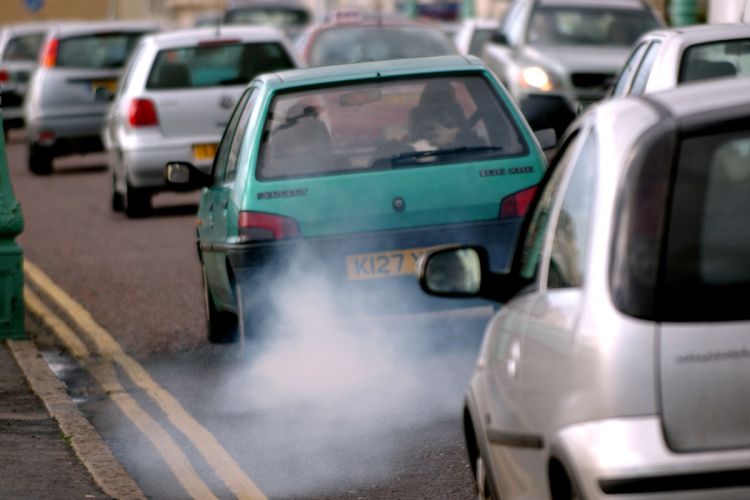The exhaust system takes away unwanted/spent gases from a vehicle. The most visible part of the system is the tail pipe, popularly known as the silencer. However, the exhaust system starts at the exhaust manifold of the engine, proceeding to the catalytic converter (commonly called ‘catalyst’) which houses at least one 02 sensor, muffler and the various chambers designed to reduce noise and maximise easy discharge of spent gases.
Exhaust system
Catalytic converter and 02 sensors are the heart of the exhaust system, as they both govern fuel consumption as well as change harmful gases to harmless ones before they are discharged into the external environment. A vehicle without a functioning one is a liability to everyone. Remember the choking and blinding smoke from some trucks?
Almost all vehicles have an exhaust system with the exception of electric vehicles. Most vehicles operate on an internal combustion system, which is fuelled by petrol, diesel, gas or a combination of gas and either petrol or diesel. A healthy exhaust system helps a vehicle run smoother, burn less fuel and prevents the release of harmful gasses into the environment.
Diagnosis
*If your vehicle is making a loud and unusual noise as you drive, you most likely have a damaged resonator or muffler commonly called ‘pot’ by technicians. This will require a replacement or welding if it’s only an opening (or ‘hole’ as it is mostly called).
*If your vehicle is guzzling fuel, this is most likely due to a failure in the 02 sensors or an expired catalytic converter.
*If your vehicle in stationary position works fine, but once you engage your gear, it finds it difficult to move/respond to your demand via the accelerator for speed, you most likely have a clogged exhaust system. This may be a blocked catalytic converter, muffler or any of the resonating chambers. The easy way to test if your vehicle has a clogged exhaust system is to have someone ‘rev’ your vehicle in stationary position while you stand at the rear and observe if the fume being expelled is commensurate with the degree of power applied to the accelerator. You will need to engage both your ears and eyes to run this test. If the fume is less than the power applied, you have a clogged system.
These observations, however, are not conclusive, as you will need a technician to carry out tests to ascertain the true state of things.
In addition, the fumes from your car gives you an insight into the internal workings of your vehicle’s engine. Observation of this and dealing with the cause of the symptoms you observe will save you a tonne of money and time.
Colours
There are three basic colours of vehicle fumes: white, blue and black. There could also be a mixture of these colours at once if a vehicle is having multiple issues. These colours indicate some anomaly in the vehicle’s engine.
Black fume: When you have an overly black fume being discharged from your tail pipe, it shows that your vehicle is burning more fuel than required. This situation is referred to as ‘running rich’. You can test this both in idle position and when you are on the move. This situation will leave a deposit of black soot in the tail pipe and, in some occasions, you will smell fuel as the gas leaves the exhaust. This is indicative of a faulty 02 system.
Blue fume: Blue smoke from your exhaust shows that there is a mixture of engine oil and fuel being burnt in your vehicle’s engine. The more you accelerate, the more the fume. Once you observe this trend, check your engine oil level. It will most likely be short. This may be as a result of failed rings in your engine, a broken seal or a failure of the engine’s internal plumbing system housed in the engine block.
White fume: A presence of whte fume shows that there is water in the engine’s internal combustion process in a quantity that’s not tolerable. A dose of steam oozing out of your tail pipe when you start your car in the morning is fine, but when you have a huge thick white smoke all day, there is internal leakage, and this may result in overheating and consequently a blown out gasket. This colour cue shouldn’t be a call to self-manage your vehicle, but an indication that you should see a qualified technician for diagnoses and repairs. Safety is the first law in sharing the road with others. So, make every effort to ensure your vehicle’s health is good.



